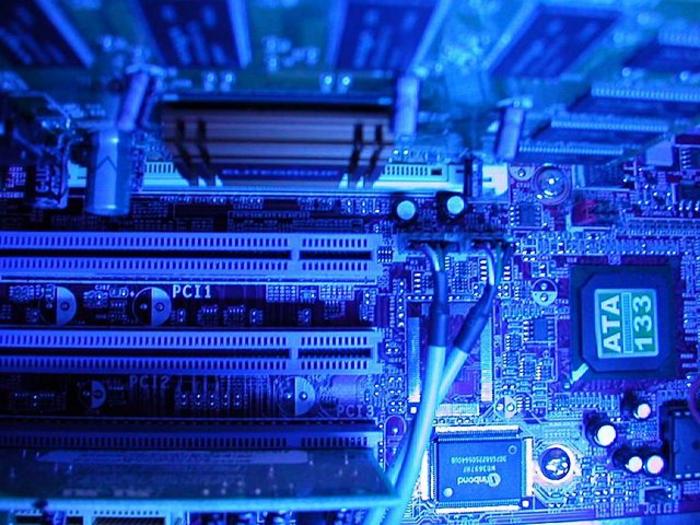Water replaces toxic solvents in huge leap for microchip manufacturing
Computers, smartphones, solar cells and other tech could be about to become much more sustainable.

Research conducted by Tufts University, published in the journal Nature Nanotechnology, shows evidence that water can be used as the primary solvent in nanomanufacturing.
While previously, water has not been considered for use in this way because many materials it will come into contact with are hydrophobic, and repel water, a team at the institution’s Silklab have discovered the protein silk fibroin, a core building block of silk, can significantly boost water’s ability to evenly cover almost any surface.
This breakthrough could have two massive implications. Firstly, if widely adopted it could cut the toxic footprint of nanotechnology manufacturing by reducing its reliance on harmful solvents. Secondly, scientists believe this will ‘open the door’ to the introduction of bio-elements within devices.
‘This opens up a huge opportunity in device fabrication,’ said Fiorenzo Omenetto, Frank C. Doble Professor of Engineering at Tufts University. ‘Not only can one deposit water-soluble materials and metals on silicon, but on all sorts of polymers. We can even deposit and print biological molecules on virtually any surface with nanometer precision.’
While other surfactants that change the property of water are in commercial production and can solve the same issue, far smaller quantities of silk fibroin are needed compared with alternatives and the material biologically and environmentally friendly. Overall, the research could prove invaluable for in a number of technologies, including:
- Indium gallium zinc oxide transistors used primarily in display technologies, flexible electronics, image detection and touch screens
- Aluminum oxide insulators used in transistors to control the flow of electrons
- Nickel oxide films used in optical filters, solar cells and transparent displays, and
- Perovskite films used in high efficiency solar cells, light emitting diodes, light detectors, lasers and memory storage
More waste and recycling:
Ofwat investigating every water company in England and Wales, bills still rise
Image:
















